The Qing Dynasty, which existed from the 17th to the 20th century, was a pivotal period in Chinese history. This era saw numerous conflicts and wars that were not only local in scope but also had significant impacts on the entire country. In English, we often refer to this era as a time of continuous warlord conflicts, reflecting the frequent and widespread battles that occurred during this period.
The rise of powerful warlords in the late Qing Dynasty was a significant factor in the frequent conflicts. These warlords controlled large territories and amassed significant power, often competing with each other for control of resources and people. Their conflicts often led to widespread destruction and loss of life, further destabilizing the already precarious political situation in the country.
The causes of these conflicts were complex and multifaceted. The political system of the late Qing Dynasty was corrupt and inefficient, leading to a lack of effective governance and management of resources. The economy was also in decline, with frequent natural disasters and social unrest, which further weakened the already precarious political situation. The conflicts between warlords also often stemmed from religious differences and ethnic conflicts, which further complicated the already complex situation.
The impact of these conflicts on the people of the time was devastating. Many people lost their lives in these battles, while others were displaced and suffered from poverty and hardship. The destruction caused by these conflicts often led to a deterioration of living conditions and a decline in social stability. The impact on society was also profound, with many people losing faith in their government and society as a result of these conflicts.
In English historical accounts, these conflicts are often described as a series of wars that occurred during the late Qing Dynasty. These accounts often detail the rise of powerful warlords, their conflicts with each other, and their impact on society and politics in China at that time. These accounts also often highlight the role of foreign powers in these conflicts, who often sought to capitalize on the instability in China to gain influence and control over resources and territory.
In conclusion, the late Qing Dynasty was a time of continuous warlord conflicts that had profound impacts on Chinese society and politics. These conflicts were caused by a combination of factors including political corruption, economic decline, religious differences, and ethnic conflicts. The impact on society was devastating, with many people losing their lives and livelihoods, and a deterioration of living conditions and social stability. Understanding these conflicts is crucial for understanding the history of China during this period and for understanding the challenges that China faces today.
转载请注明来自西北安平膜结构有限公司,本文标题:《英文解读,清朝与连绵不断的军阀冲突》

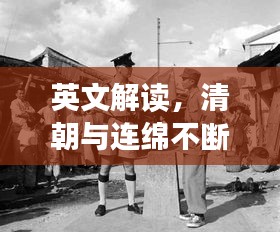

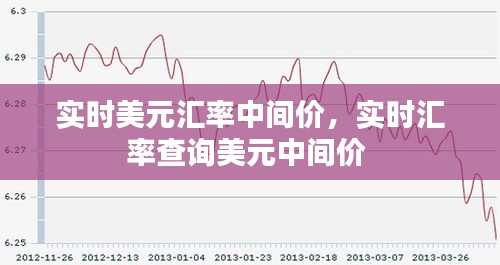


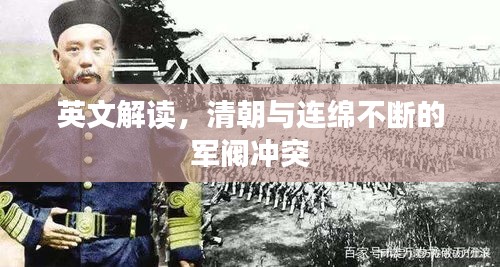




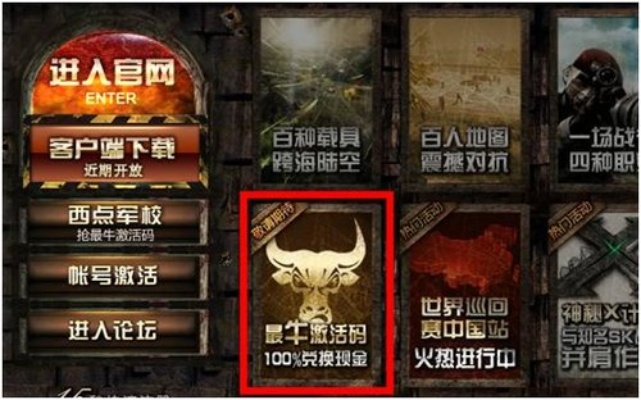

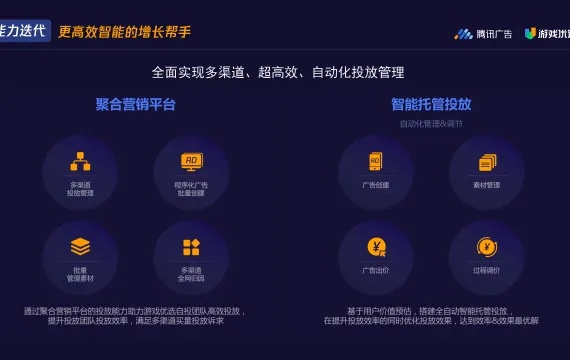
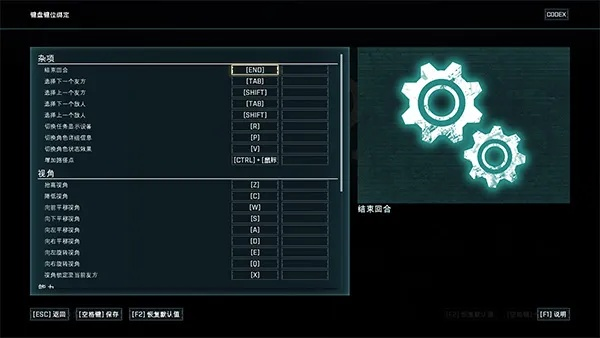
 鲁ICP备16008434号-2
鲁ICP备16008434号-2
还没有评论,来说两句吧...